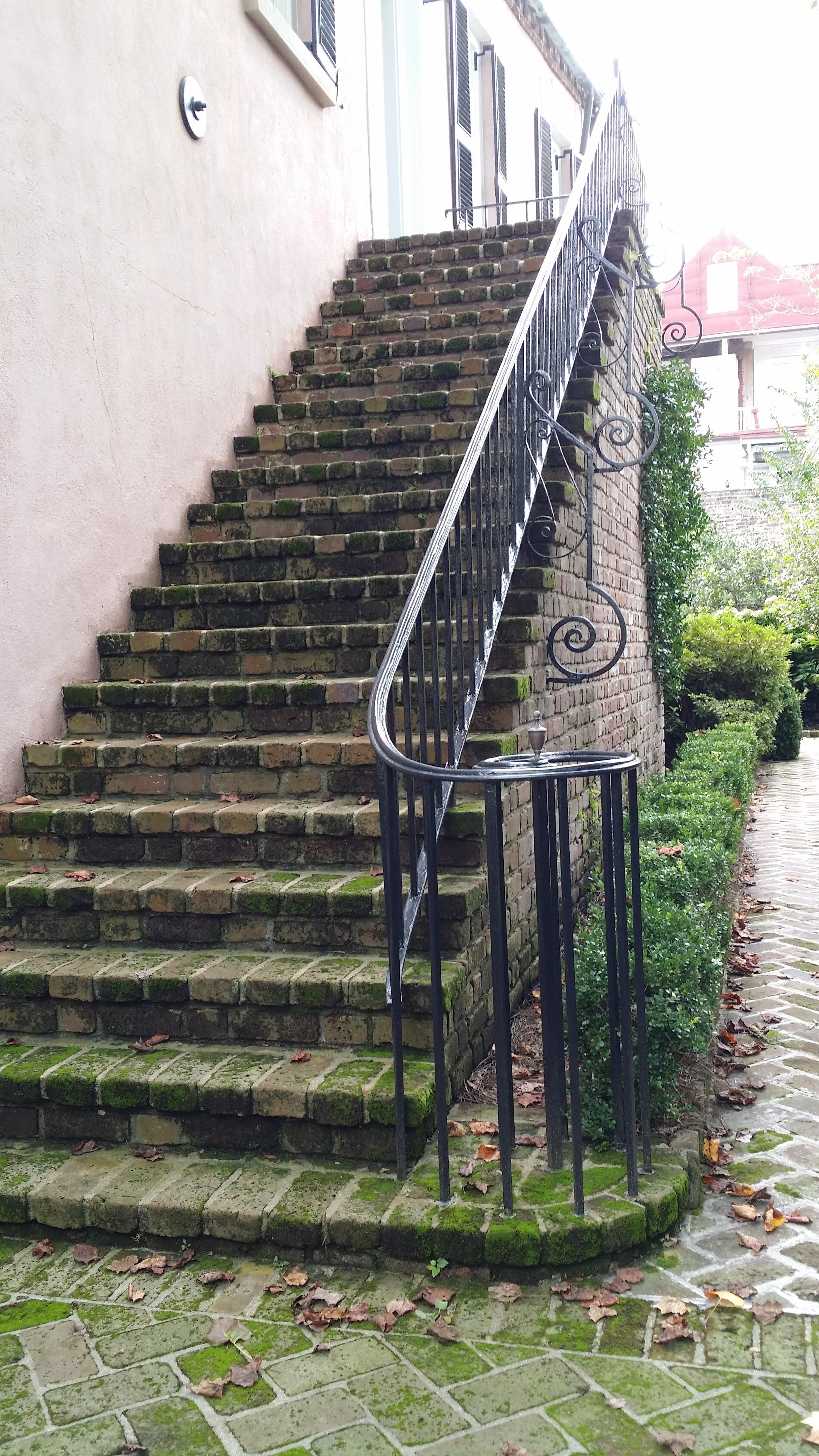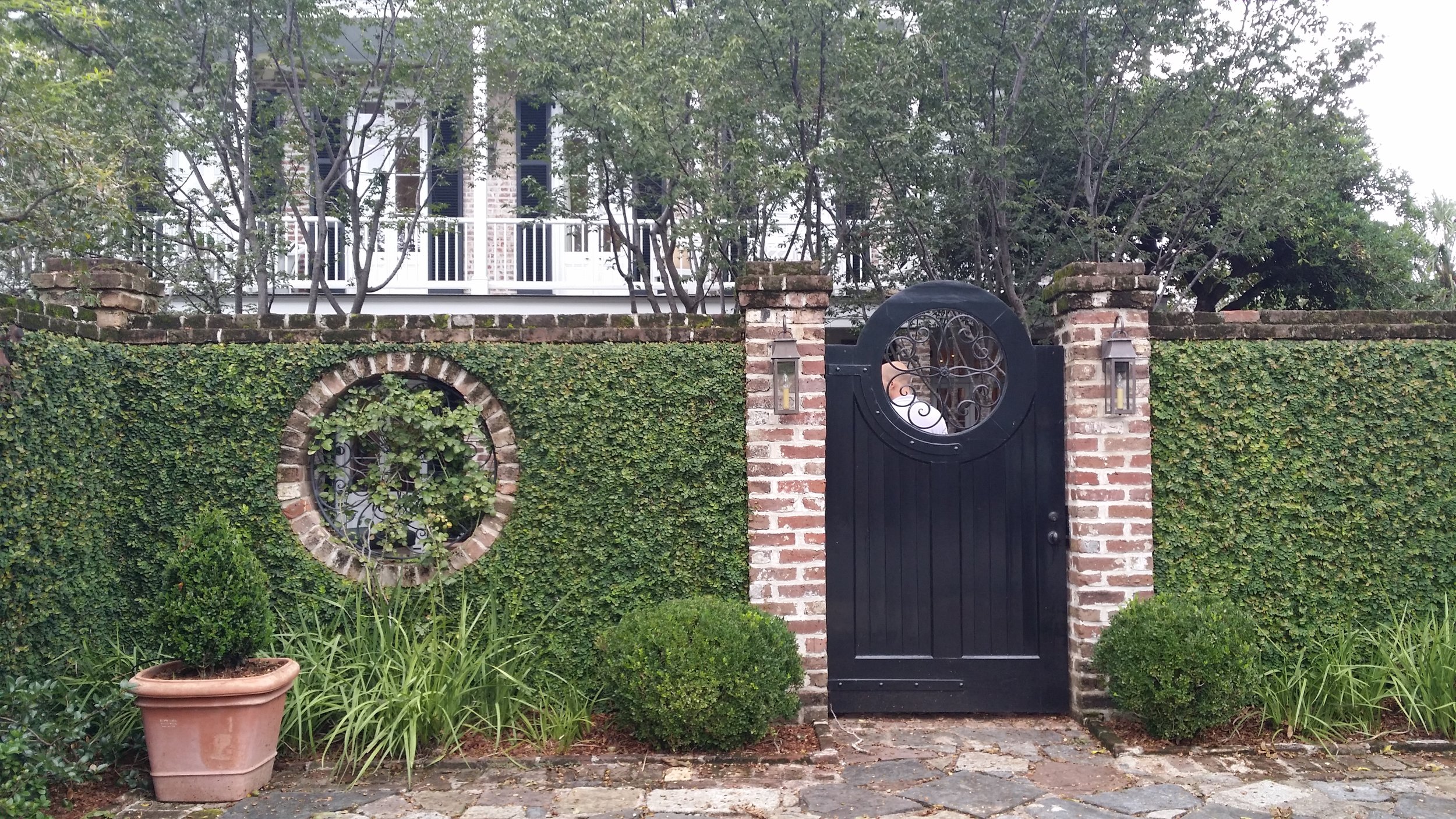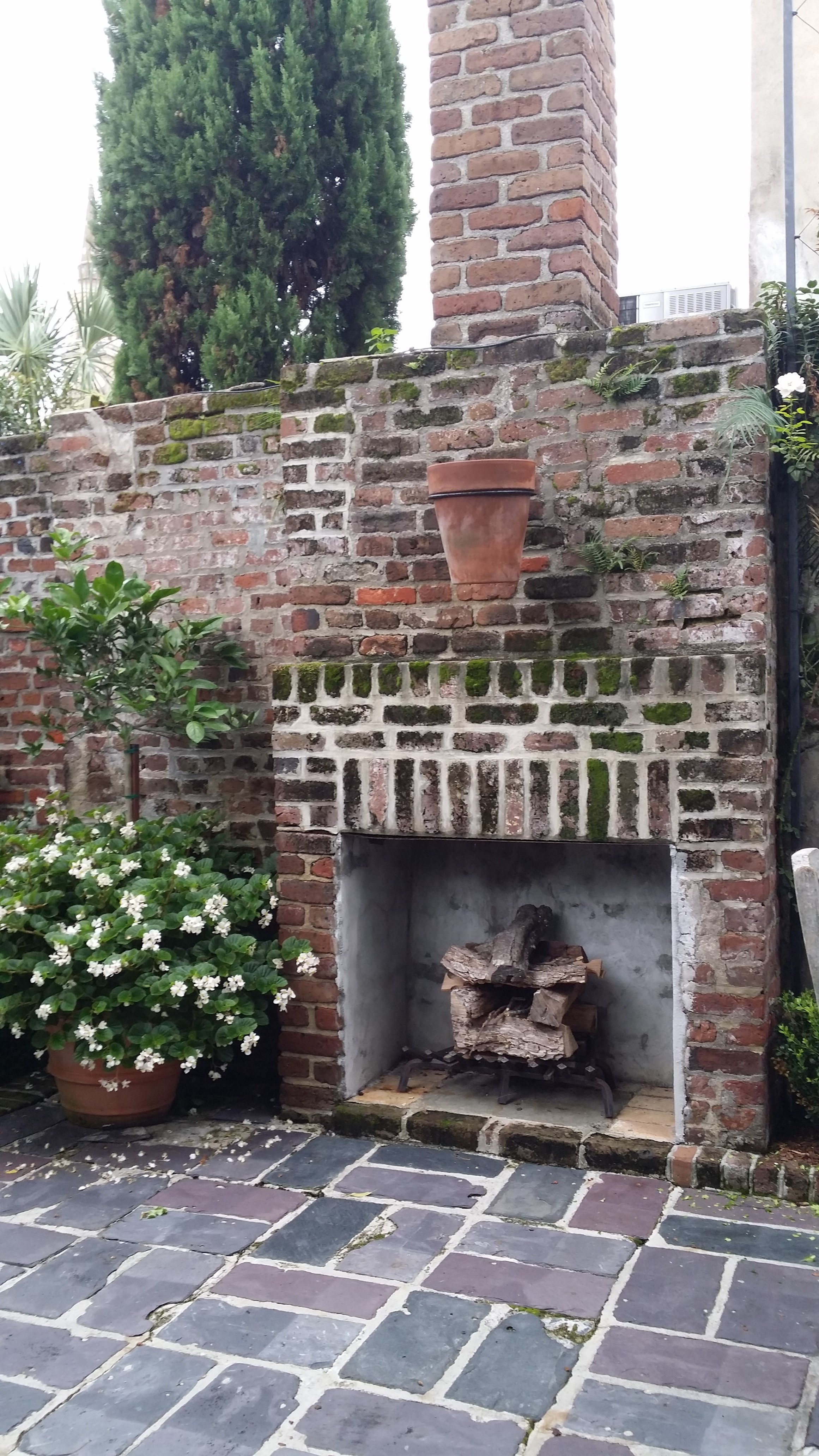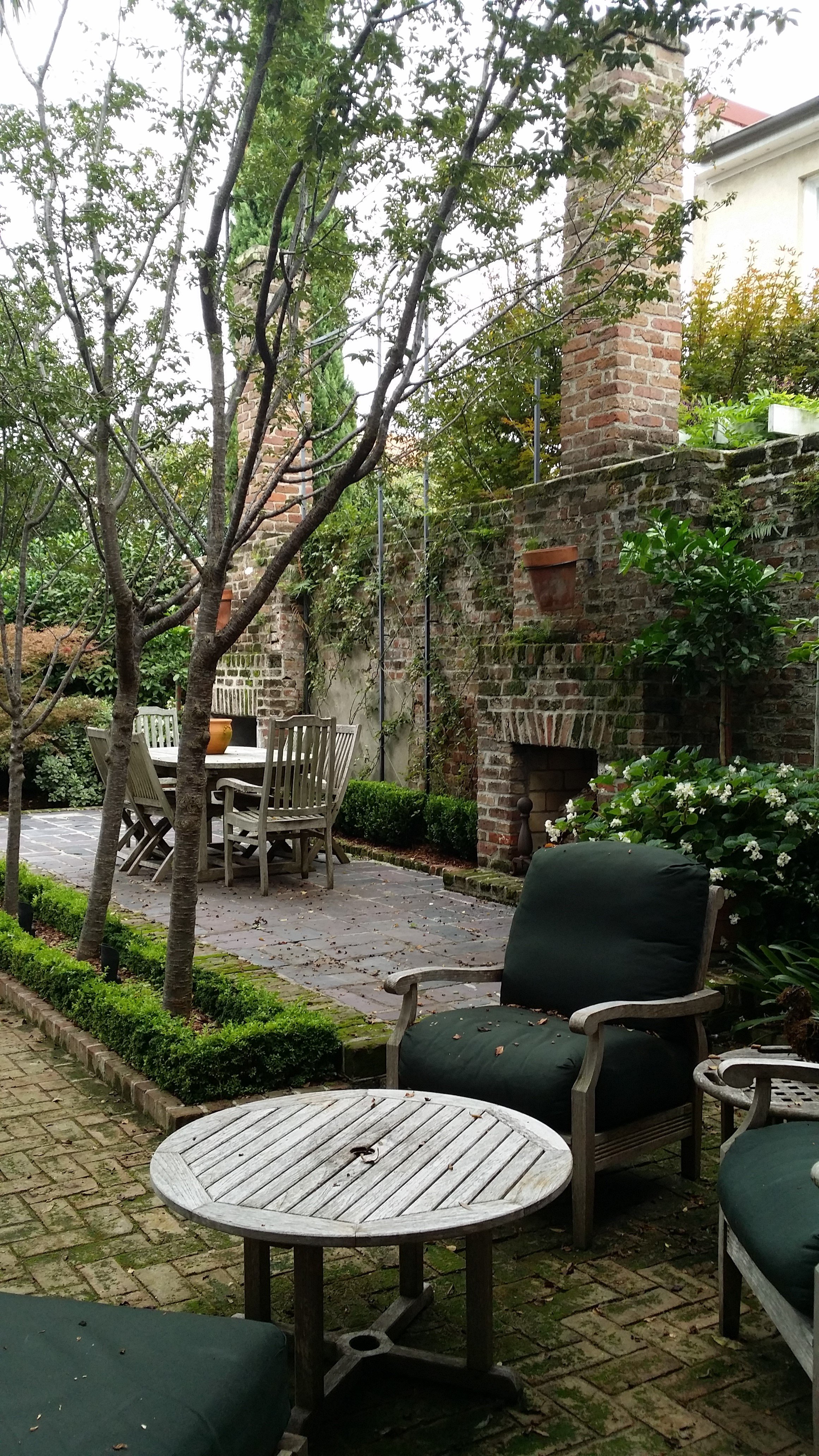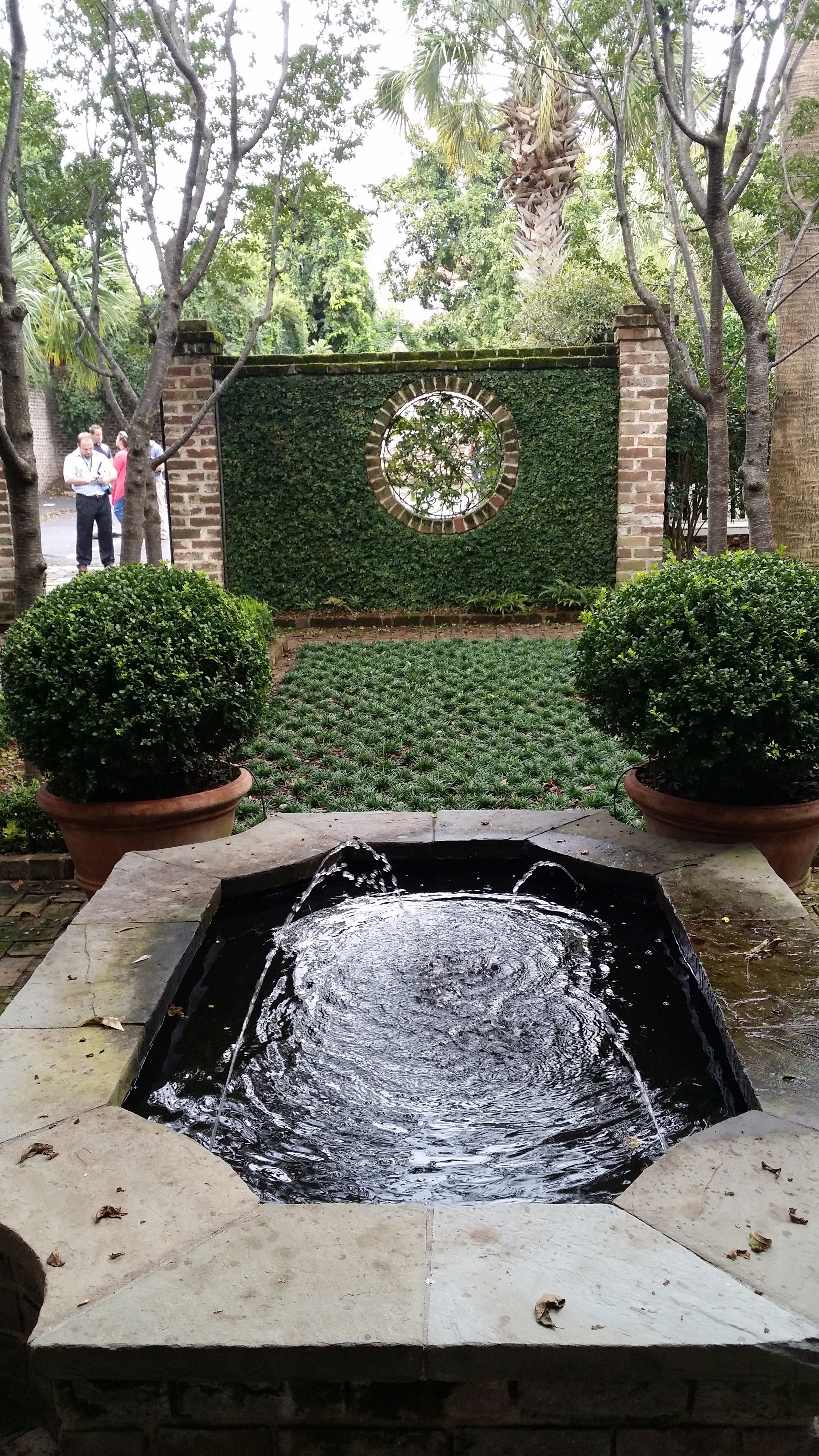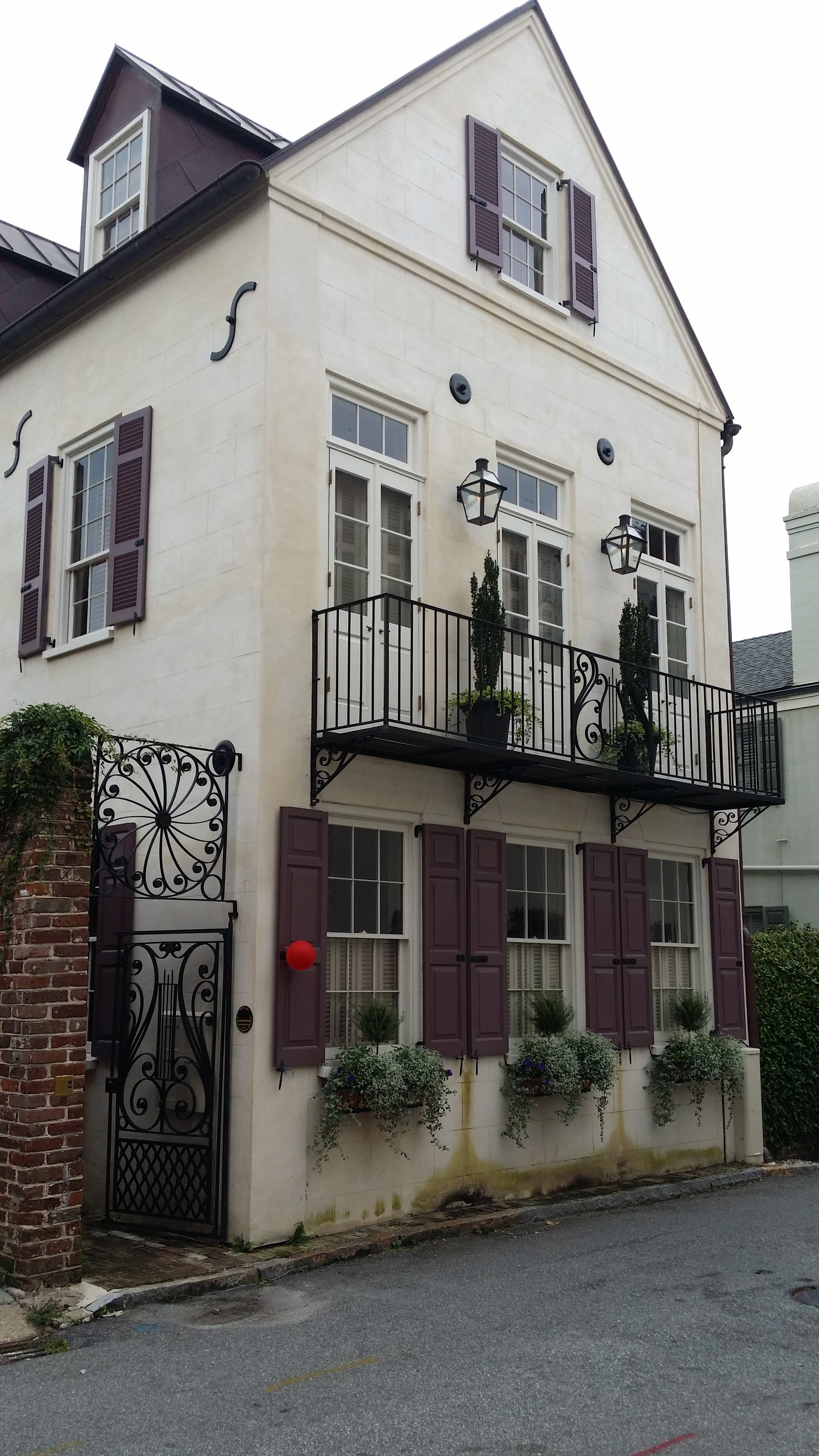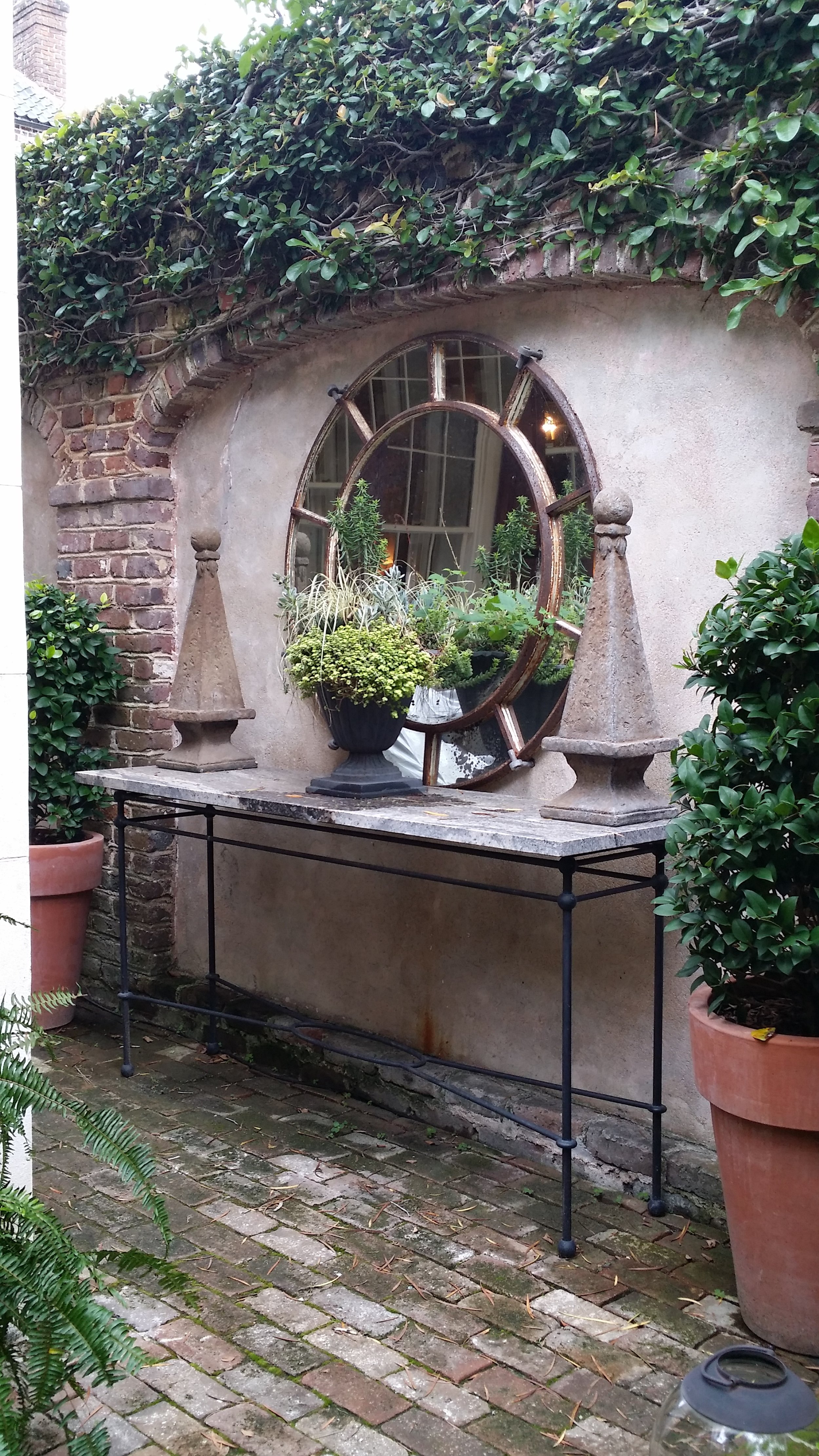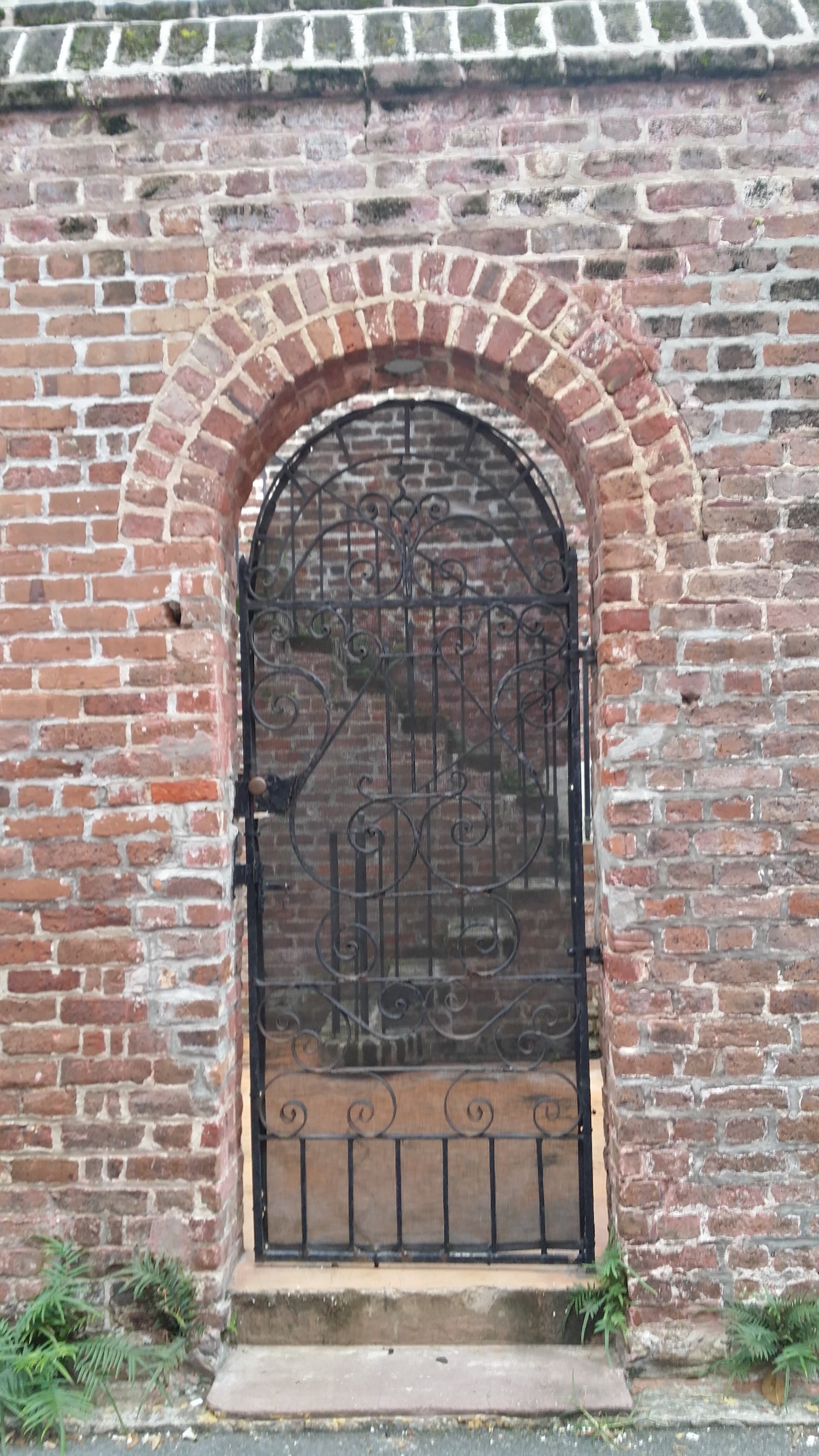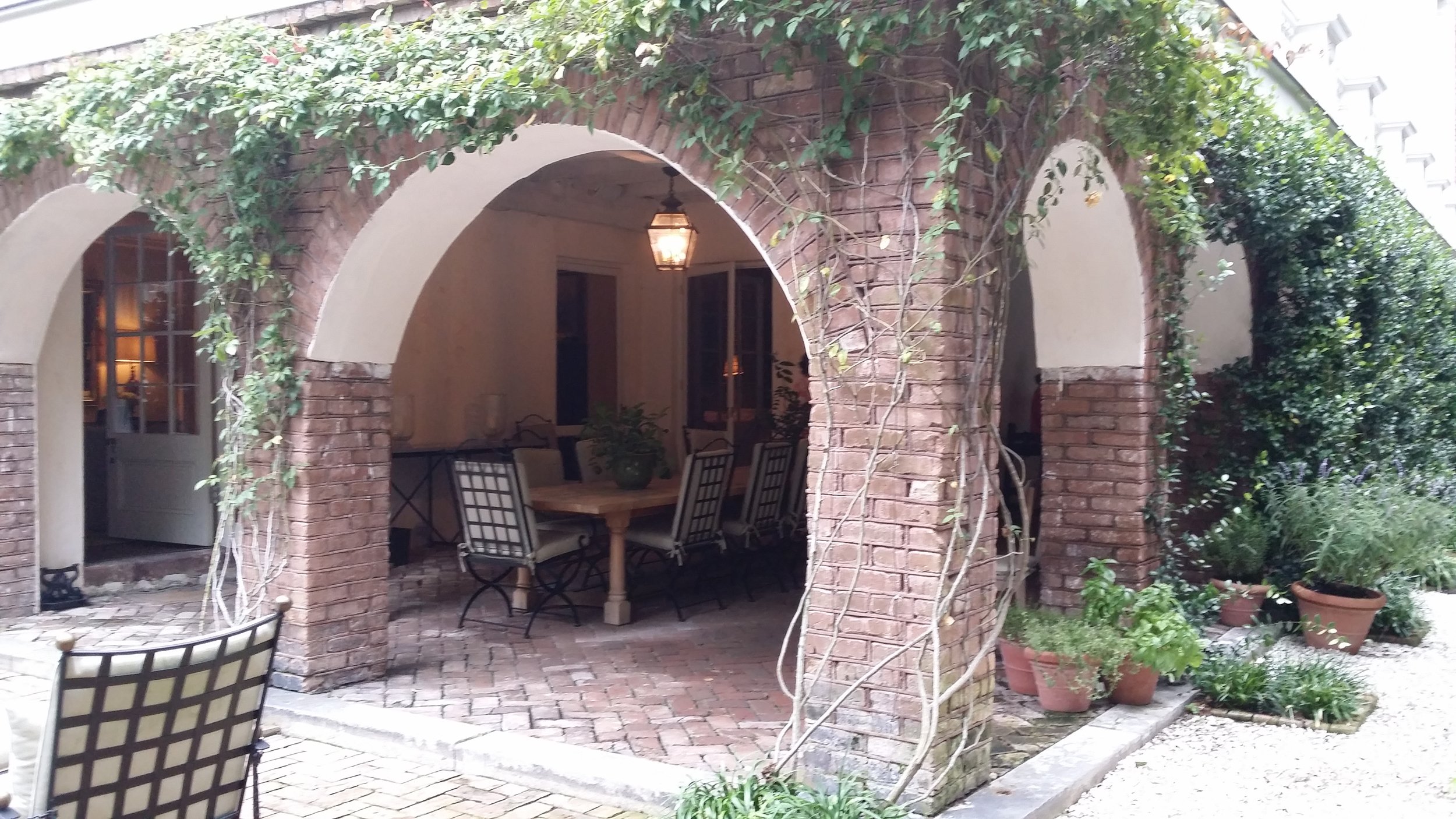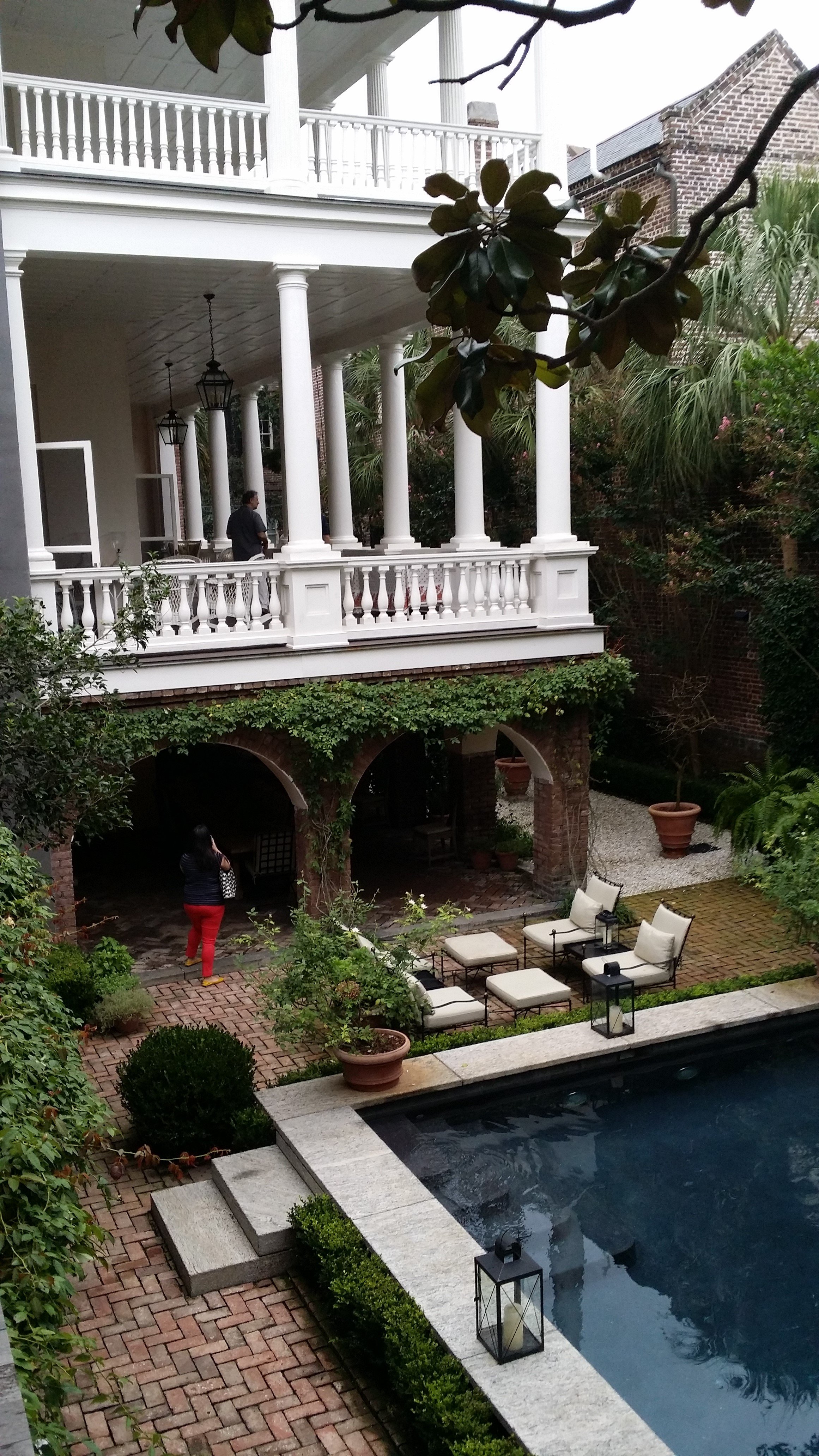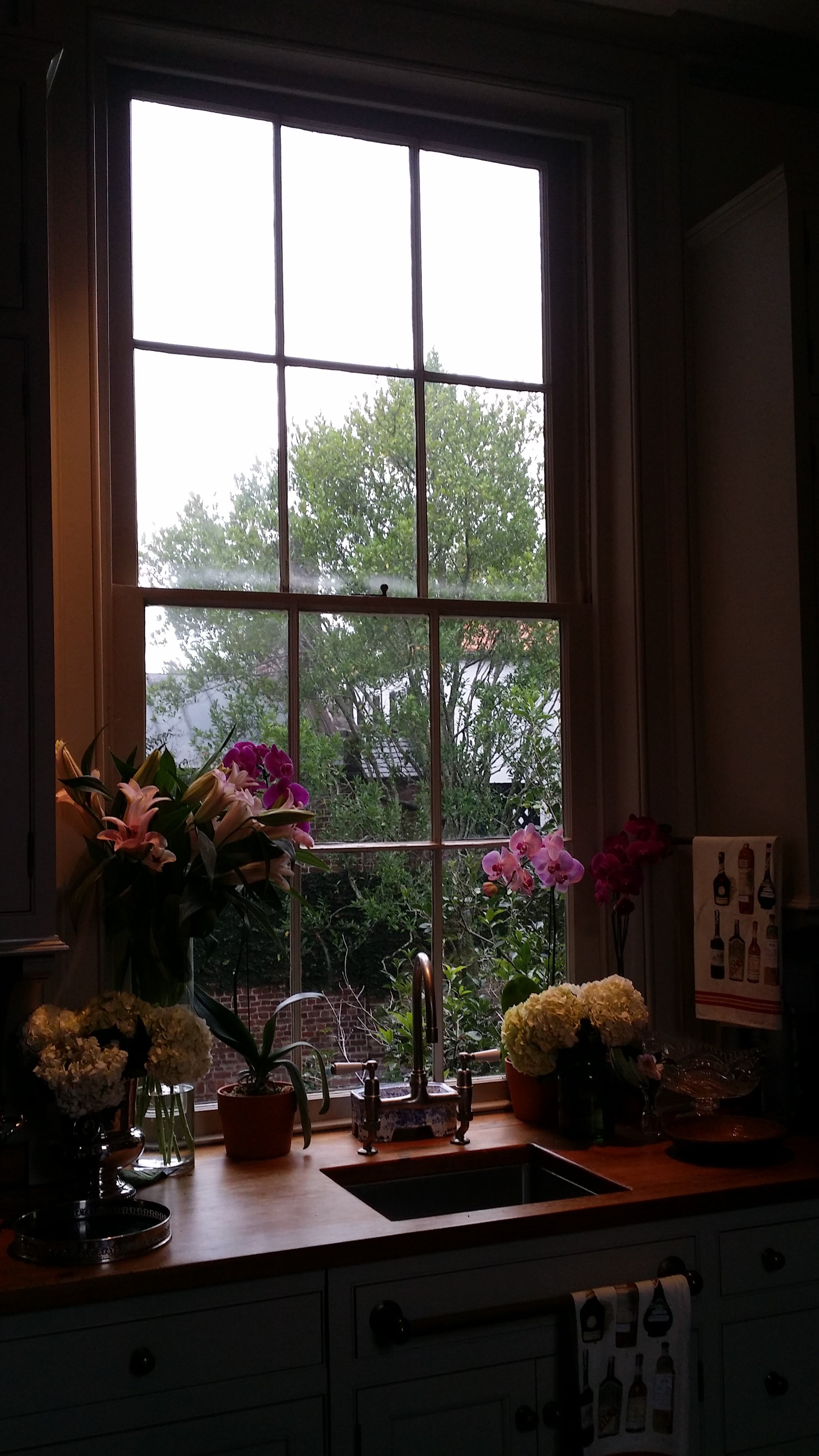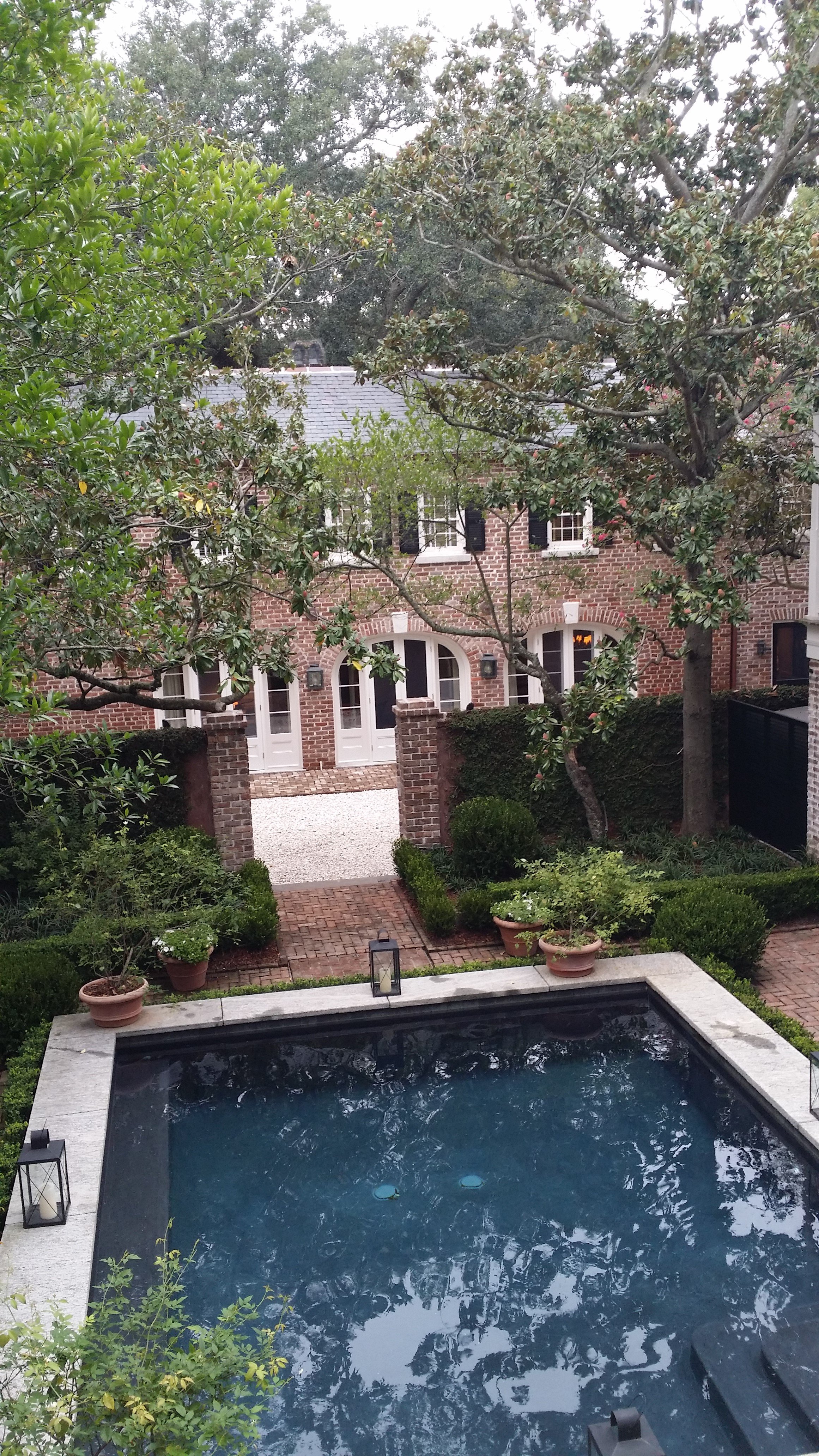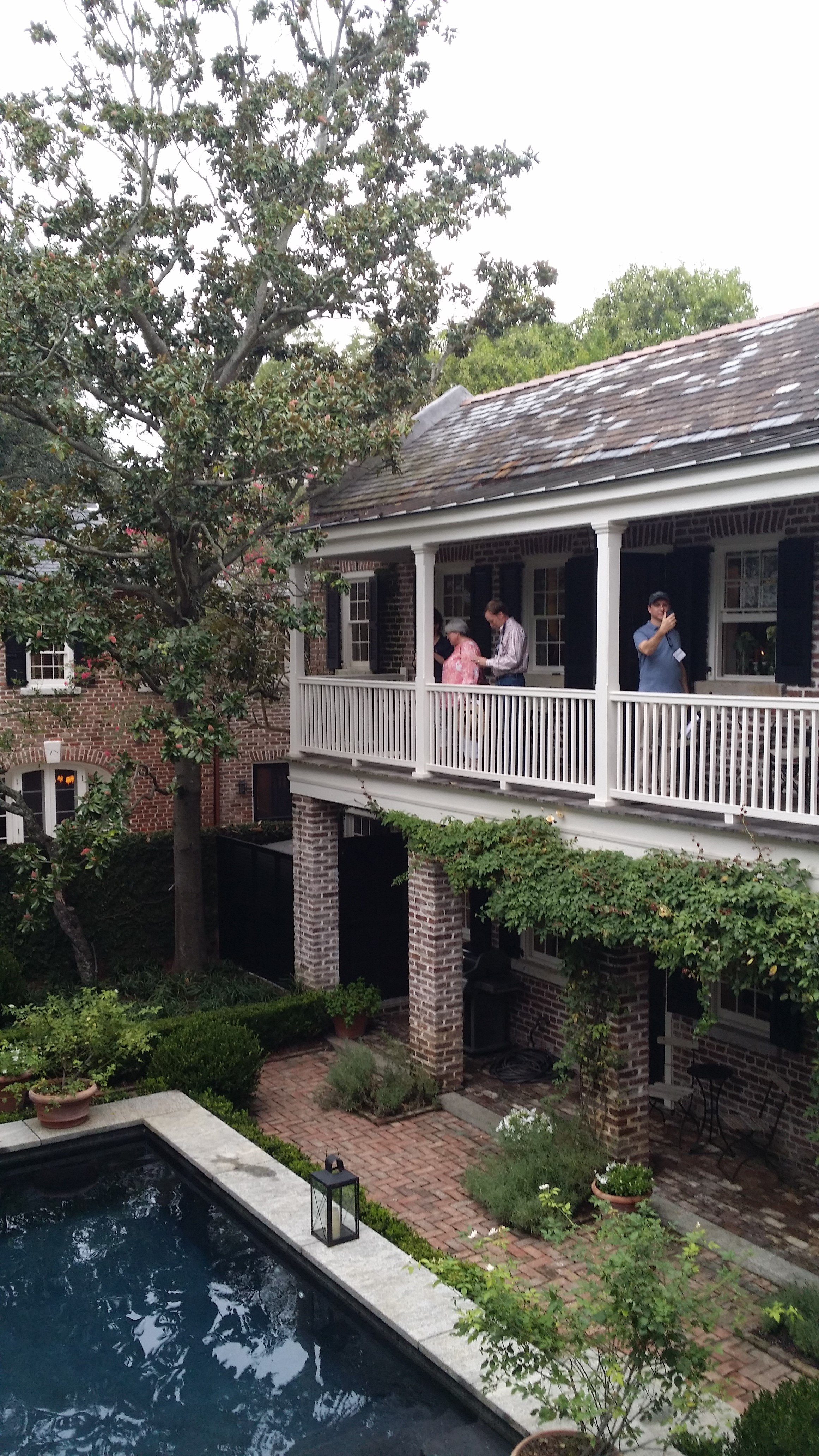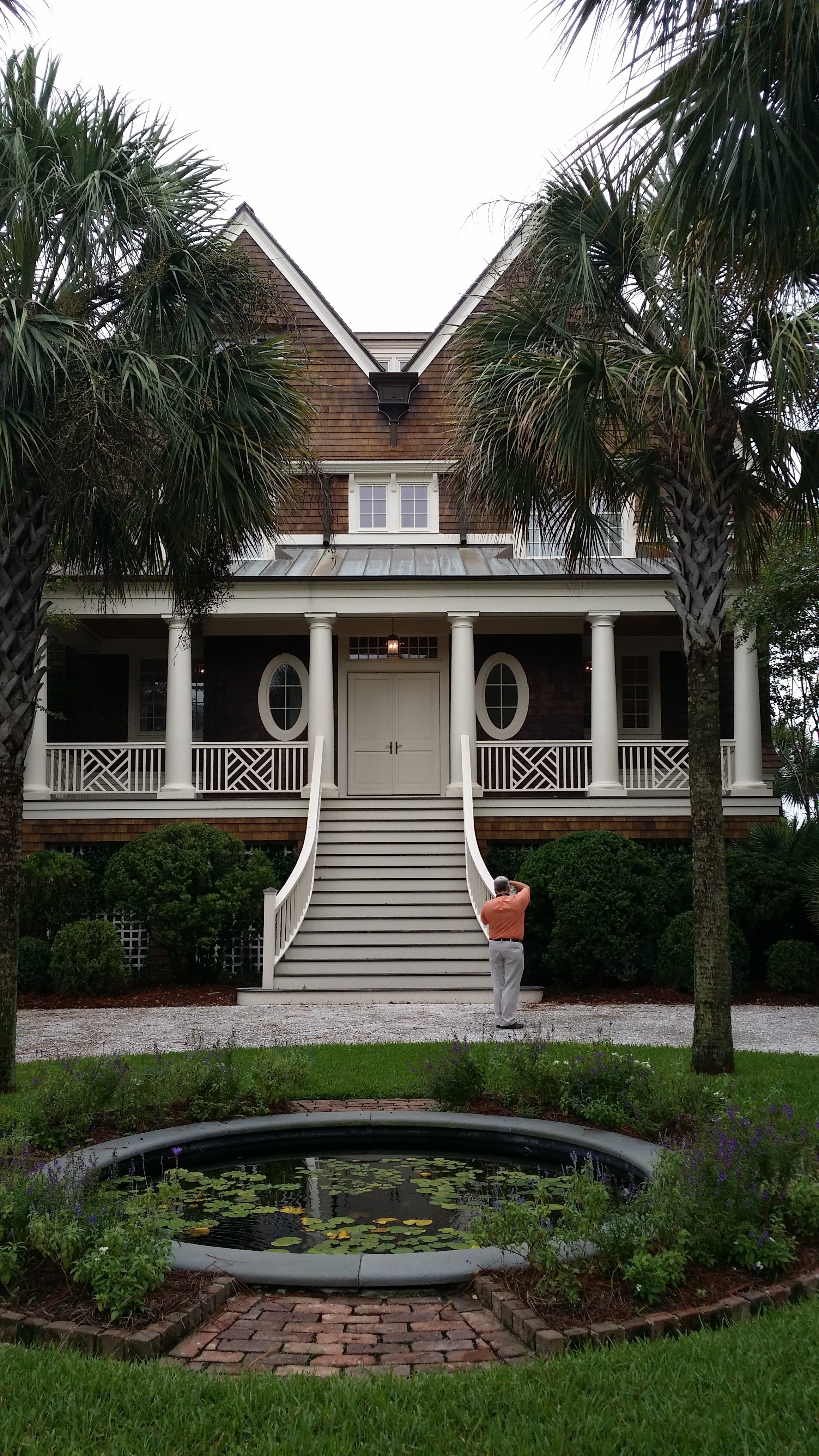If you are wondering what "citizen architect" means, and I had to look it up too, below is how the AIA (American Institute of Architects) describes it. Sounds like a soapbox kind of topic, doesn't it.
The Citizen Architect uses his/her insights, talents, training, and experience to contribute meaningfully, beyond self, to the improvement of the community and human condition. The Citizen Architect stays informed on local, state, and federal issues, and makes time for service to the community. The Citizen Architect advocates for higher living standards, the creation of a sustainable environment, quality of life, and the greater good. The Citizen Architect seeks to advocate for the broader purposes of architecture through civic activism, writing and publishing, by gaining appointment to boards and commissions, and through elective office at all levels of government.
Well, I just recently became a US citizen. It seems only appropriate that I contribute to the #ArchiTalks post from that perspective. Four seemingly unrelated topics on my mind are:
Gratitude
Context
Diversity
Opportunities
Firstly, Thank you
I am extremely grateful to all the people who have welcomed me, included me, made me feel integrated and part of the american society. Starting with my husband and his family, my professors and classmates, my employers and colleagues, and last but not least, all the clients I have worked with - a big thank you for opening up your lives and your homes.
In doing so, you have helped me understand the american psyche - your desires, motivations, aspirations, concerns, needs, lifestyle, etc, which enables me to be a better architect.
Context
Architectural design is highly contextual. It is intimately tied to a place and people; culture, history, climate, economy, and technological capabilities, dictate the design, not to mention construction methodologies. But sometimes, one is blinded by familiarities.
If I had a dollar for every time I have heard "we've always done it this way", or "we've done it that way for 30 years", or "we've never done that before", I'd have a paid vacation. You're probably thinking those words were spoken by contractors, and you'd be right. But I'm here to say, I've heard architects utter those dreaded words. And to me, that's like dragging your nails across a chalk board. It's bad enough coming from contractors, it's sacrilege when an architect says it.
On the contrary, if you were given a design project in an unfamiliar context, what is the first thing you do? You start by asking questions, right. The more unfamiliar the context, the more questions you have. The outsider's perspective puts a new spin on thinking outside the box.
I happily tread that tight rope between the familiar and the strange.
The D word: Diversity
I was struck by the diversity at my naturalization ceremony. There were 950 people from 99 different countries who took the oath of allegiance with me that day. The MC started out by saying "What does an American look like? Look around you."
I could not find the speech Kirk Watson gave that day, but this one he gave back in 2013 is pretty close.
Every one of you has experienced things I haven’t experienced. You’re familiar with issues and challenges that I might not even know about–would have difficulty comprehending–and you have ideas about how to solve problems and capitalize on opportunities that haven’t ever occurred to me.
Those things, those experiences, those ideas that make us different are the very things that make this country strong.
Texas Senator Kirk Watson
There is much conversation these days about the need for diversity in architecture. If you are wondering what the fuss is all about, I think the above words might clue you in. If architecture is about ideas and problem solving, we need diversity. If we don't want buildings to all look alike; if we want to address issues that we are not even aware of; if we want to break out of the mold, then we need diversity. We need architects from different cultural and economic backgrounds; we need architects with diverse experiences; we need architects who can transport solutions from across the globe.
Opportunities
I've had many opportunities in life. Sure, I've experienced bias and prejudice, but more often than not, my story is one of privilege. I've known this idiom and it's meaning before, but I've never quite wrapped my head around it, until now. I think it's because it is a state of mind. I am happy to say, I finally feel like, the world is my oyster.
Thank you USA.
Cheers,
Sharon.
This post was a contribution to the #ArchiTalks series of blog posts. To read what other architect bloggers have to say on the topic of Citizen Architect, click on links below.
Bob Borson - Life of An Architect (@bobborson) Citizen Architect ... Seems Redundant
Matthew Stanfield - FiELD9: architecture (@FiELD9arch) Citizen Architect
Jes Stafford - Modus Operandi Design (@modarchitect) Architect as Citizen
Jeff Echols - Architect Of The Internet (@Jeff_Echols) What Does it Mean to be a Citizen Architect?
Lee Calisti, AIA - Think Architect (@LeeCalisti) small town citizen architect
Lora Teagarden - L² Design, LLC (@L2DesignLLC) #ArchiTalks: The everyday citizen architect
Jeremiah Russell, AIA - ROGUE Architecture (@rogue_architect) Citizen Architect: #architalks
Eric T. Faulkner - Rock Talk (@wishingrockhome) My Hero - Citizen Architect
Rosa Sheng - Equity by Design (@EquityxDesign) We are the Champions - Citizen Architects
Michele Grace Hottel - Michele Grace Hottel, Architect (@mghottel) "CITIZEN ARCHITECT"
Meghana Joshi - IRA Consultants, LLC (@MeghanaIRA) Meet Jane Doe, Citizen Architect
Amy Kalar - ArchiMom (@AmyKalar) Architalks #13: How Can I Be But Just What I Am?
Marica McKeel - Studio MM (@ArchitectMM) Good Citizen Architect
Stephen Ramos - BUILDINGS ARE COOL (@sramos_BAC) Help with South Carolina's Recovery Efforts
brady ernst - Soapbox Architect (@bradyernstAIA) Senior Citizen, Architect
Brian Paletz - The Emerging Architect (@bpaletz) Citizen Architect
Tara Imani - Tara Imani Designs, LLC (@Parthenon1) Citizen Starchitect' is not an Oxymoron
Jonathan Brown - Proto-Architecture (@mondo_tiki_man) Citizen Architect - Form out of Time
Eric Wittman - intern[life] (@rico_w) [cake decorating] to [citizen architect]
Emily Grandstaff-Rice - Emily Grandstaff-Rice AIA (@egraia) Citizen of Architecture
Daniel Beck - The Architect's Checklist (@archchecklist) Protecting the Client - 3 Ways to be a Citizen Architect
Jarod Hall - di'velept (@divelept) Citizen Developer??
Greg Croft - Sage Leaf Group (@croft_gregory) Citizen Architect
Courtney Casburn Brett - Casburn Brett (@CasburnBrett) “Citizen Architect” + Four Other Practice Models Changing Architecture
Jeffrey A Pelletier - Board & Vellum (@boardandvellum) How Architects Can Be Model Citizens
Aaron Bowman - Product & Process (@PP_Podcast) Citizen Architect: The Last Responder
Samantha Raburn - The Aspiring Architect (@TheAspiringArch) Inspiring a Citizen Architect
[archifooter linkblock="links"]
